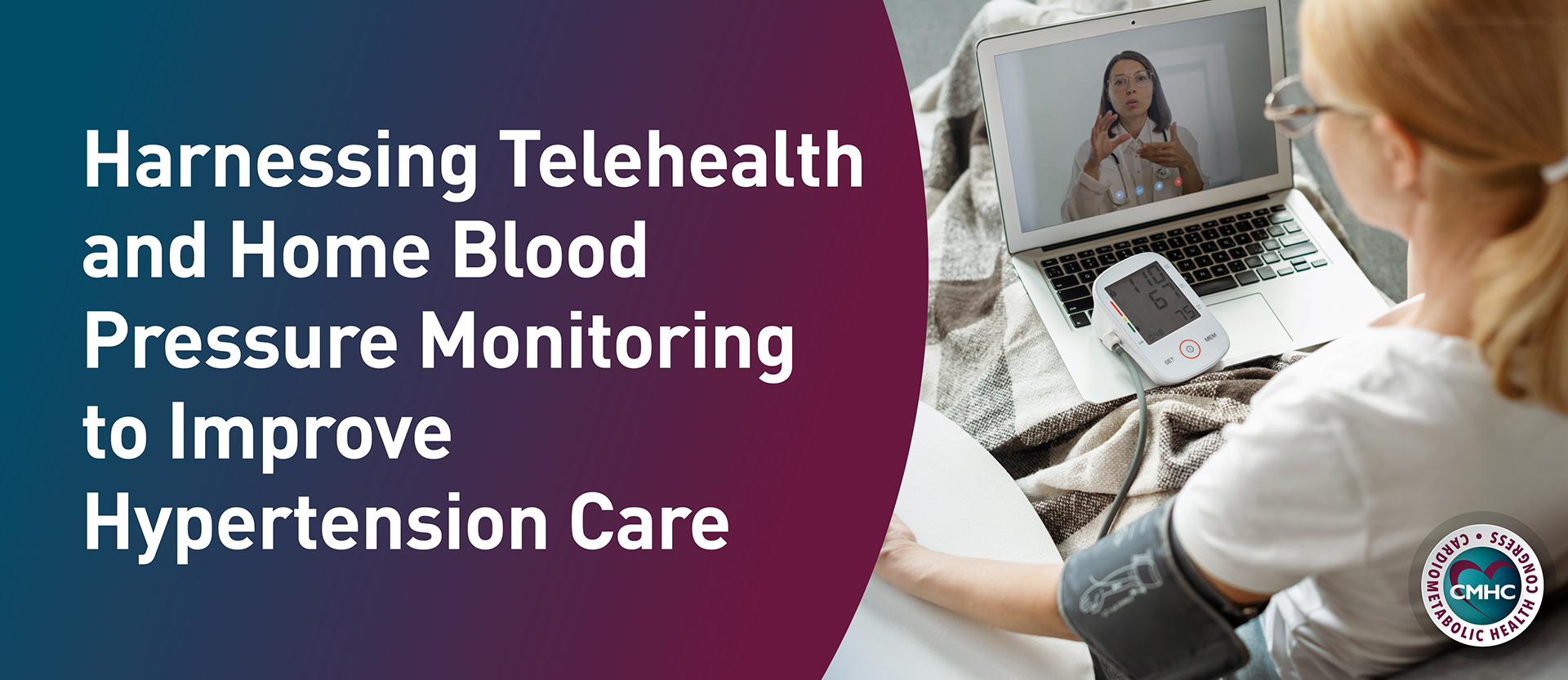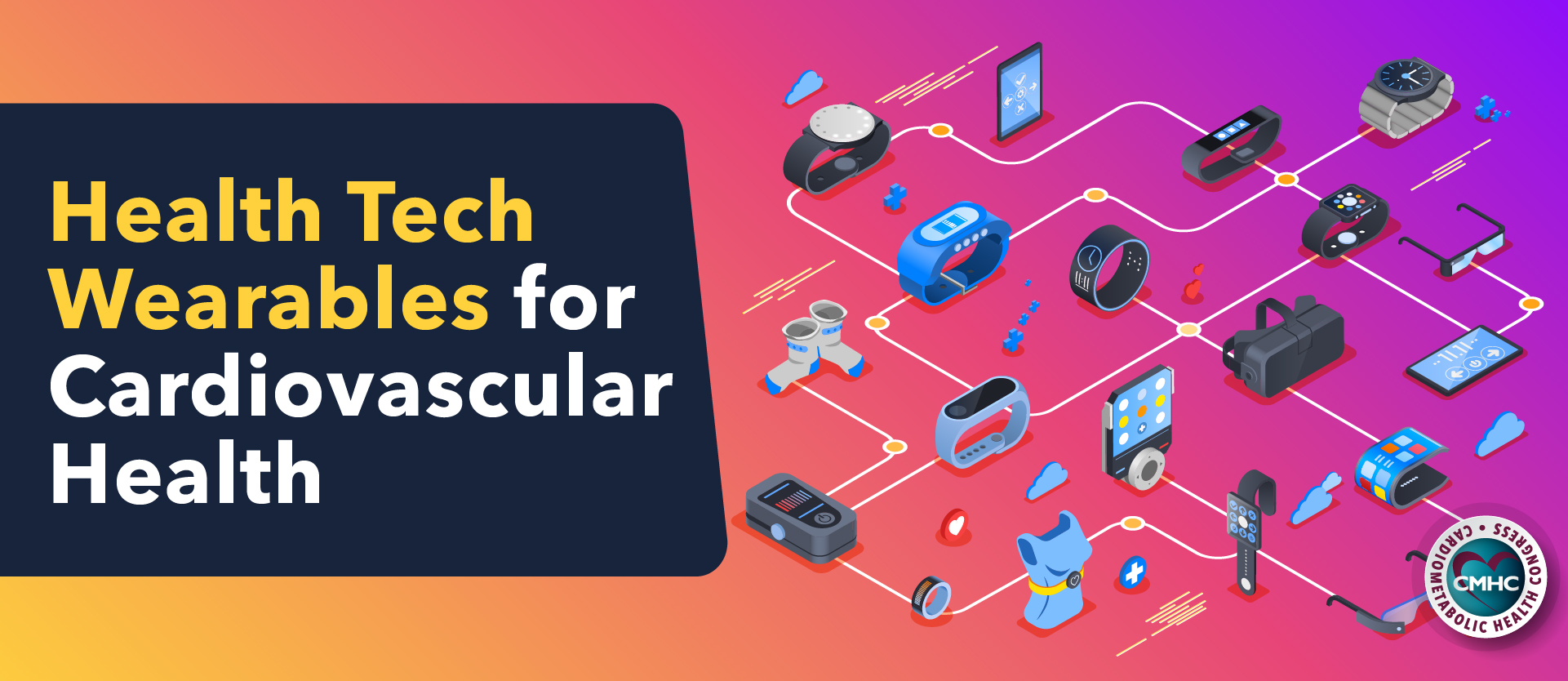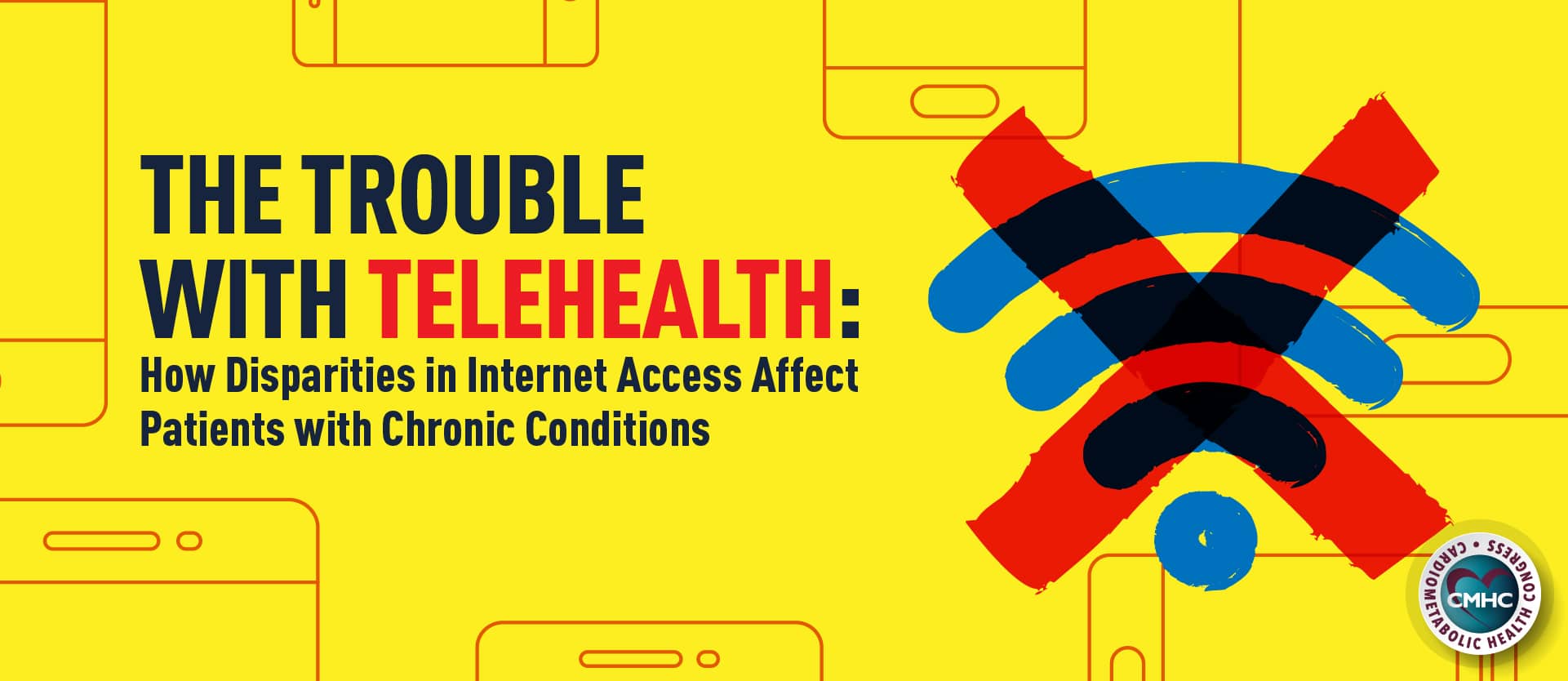Requiring an urgent shift to digital medical services, the current COVID-19 outbreak has disrupted the contemporary healthcare model forcing federal agencies to temporarily amend guidelines in an effort to ease the transition to telemedicine. Regulations continue to change and insurance coverage for medical services has greatly expanded to promote the growing use of digital healthcare services, which are rising in popularity at a tremendous rate assisted by new policies and a widespread loosening of restrictions aimed at furthering access to care.
Effective March 6, 2020, the Centers for Medicare & Medicaid Services (CMS) expanded access to Medicare telehealth services for their beneficiaries on a temporary, emergency basis while the federal government lessened HIPAA rule enforcement policies as part of the battle against the COVID-19 crisis. These and other policy changes help to offer a safe, alternative model of care for Medicare program participants, many of whom belong to the vulnerable demographic facing increased risk of serious coronavirus illness.
Telemedicine and COVID-19
Throughout the COVID-19 crisis, innovative uses of telemedicine technology have been driving routine care, keeping vulnerable demographics safe, and expanding access to medical services across the country.
In an
interview with Diagnostic and Interventional Cardiology CMS Administrator Seema Verma explained some of the adjustments: “These changes allow seniors to communicate with their doctors without having to travel to a healthcare facility so that they can limit risk of exposure and spread of this virus. Clinicians on the frontlines will now have greater flexibility to safely treat our beneficiaries.”
Further information about the newly implemented guidelines for patient care and their implications on telehealth services during the COVID-19 outbreak are outlined below.
Expanded Access to Telehealth Services
1135 Waiver
As part of the effort to expand access to telemedicine, the 1135 waiver was introduced lessening prior restrictions for both patients and healthcare providers. Before the introduction of the waiver, Medicare reimbursed telehealth visits on a limited basis, for example, when a patient was receiving care in a designated rural area or when they received a service within a healthcare facility. Under the new 1135 waiver, the following changes have taken effect:
• A wider range of providers is now able to offer telehealth services across the nation, including nurse practitioners, psychologists, and licensed social workers.
• Medicare beneficiaries can now receive a wider variety of services through telemedicine – such as evaluation and management visits, mental health counseling, and preventative health screenings.
• The HHS Office of Inspector General is providing flexibility for healthcare providers to reduce or waive cost-sharing for telehealth visits paid for by federal healthcare programs.
Virtual Services
As part of the expanded Medicare telehealth program, healthcare professionals can provide a variety of digital medical services, including telehealth visits, virtual check-ins, and e-visits. The specific requirements and guidelines for each type of service are outlined below.
Telehealth Visits
Access to telehealth visits has been temporarily expanded for the course of the COVID-19 outbreak; Medicare beneficiaries may now use digital technologies for office, hospital visits, and other services previously rendered in-person. Recent CMS regulation updates regarding telehealth visits include:
• Online visits will be paid at the same rate as regular, in-person visits.
• A wider range of practitioners can now be reimbursed for providing telemedicine services – including physicians, nurse practitioners, physician assistants, midwives, anesthetists, psychologists, clinical social workers, registered dietitians, as well as nutritional professionals.
• However, to guarantee reimbursement, medical providers must use an interactive audio and video system permitting real-time communication to conduct telehealth visits.
• The requirement for an established patient-provider relationship has been removed or the duration of the public health emergency per new CMS guidelines, further details can be found below.
“The Department of Health and Human Services (HHS) is announcing a policy of enforcement discretion for Medicare telehealth services furnished pursuant to the waiver under section 1135(b)(8) of the Act. To the extent the waiver (section 1135(g)(3)) requires that the patient have a prior established relationship with a particular practitioner, HHS will not conduct audits to ensure that such a prior relationship existed for claims submitted during this public health emergency,” a
statement from the CMS explains.
Virtual Check-ins
Recently implemented changes also allow Medicare beneficiaries in all areas of the country to attend brief virtual check-ins with their healthcare providers – or the use of technology-based services for brief communications. Policy updates related to online check-ins include:
• Medicare will cover virtual check-ins with established patients to reduce the need for face-to-face appointments.
• Brief virtual visits can now be conducted using a wider range of technologies; medical practitioners may bill for check-in services provided via telephone, audio/video communication, secure text messaging, email, as well as patient portal systems.
• However, medical services may not be related to a medical visit that has occurred within the previous 7 days or result in a medical visit within the following 24 hours, or the soonest available appointment.
• Patients must give verbal consent prior to receiving virtual check-in services.
• Patients can submit video and image content using store and forward systems; physicians should interpret received patient data within 24 business hours.
E-Visits
The CMS’ updated guidelines now allow established Medicare patients in all types of locations to have online, non-face-to-face, patient-initiated interactions with their providers using online portals. However, these services can only be rendered under the following conditions:
• E-visit services can only be reported to Medicare if the billing practice has an established relationship with the patient.
• E-visits must be initiated by patients. However, practices may educate patients on the availability of these services.
• These communications can occur over a 7-day period, only after the patient provides verbal consent to obtain telehealth services.
• These services may be billed using CPT codes 99421-99423 and HCPCS codes G2061.
Additional information regarding relevant billing codes for e-visits and other virtual care services can be found on the CMS’
website.
HIPAA Regulation Enforcement During COVID-19
Along with the coverage changes outlined above, the HHS Office for Civil Rights has lessened restrictions and waived penalties related to HIPAA compliance. This applies to health care providers serving patients in good faith via virtual communication technologies during the COVID-19 pandemic. Further information on the latest HIPAA regulation policies has been published by the HSS and can be accessed here.
While the CMS already offers flexibility to states wishing to implement telehealth services, the latest developments signal an important step forward in the direction of widespread telemedicine availability – despite the temporary nature of federal guidelines. As a growing number of emerging technologies aims to optimize the process of delivering remote care and patient health monitoring, the strategic expansion of telehealth can be expected to continue and its prevalence in cardiometabolic care to increase further.
As the COVID-19 outbreak continues to evolve, healthcare policies and guidelines can be expected to change; medical professionals are encouraged to stay up-to-date on the latest
clinical guidance to ensure compliance and limit potential liability risks.


















